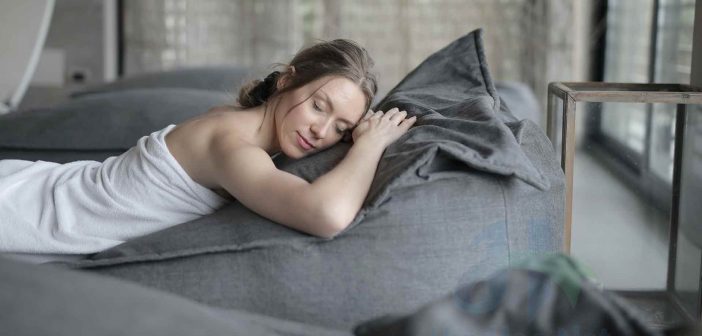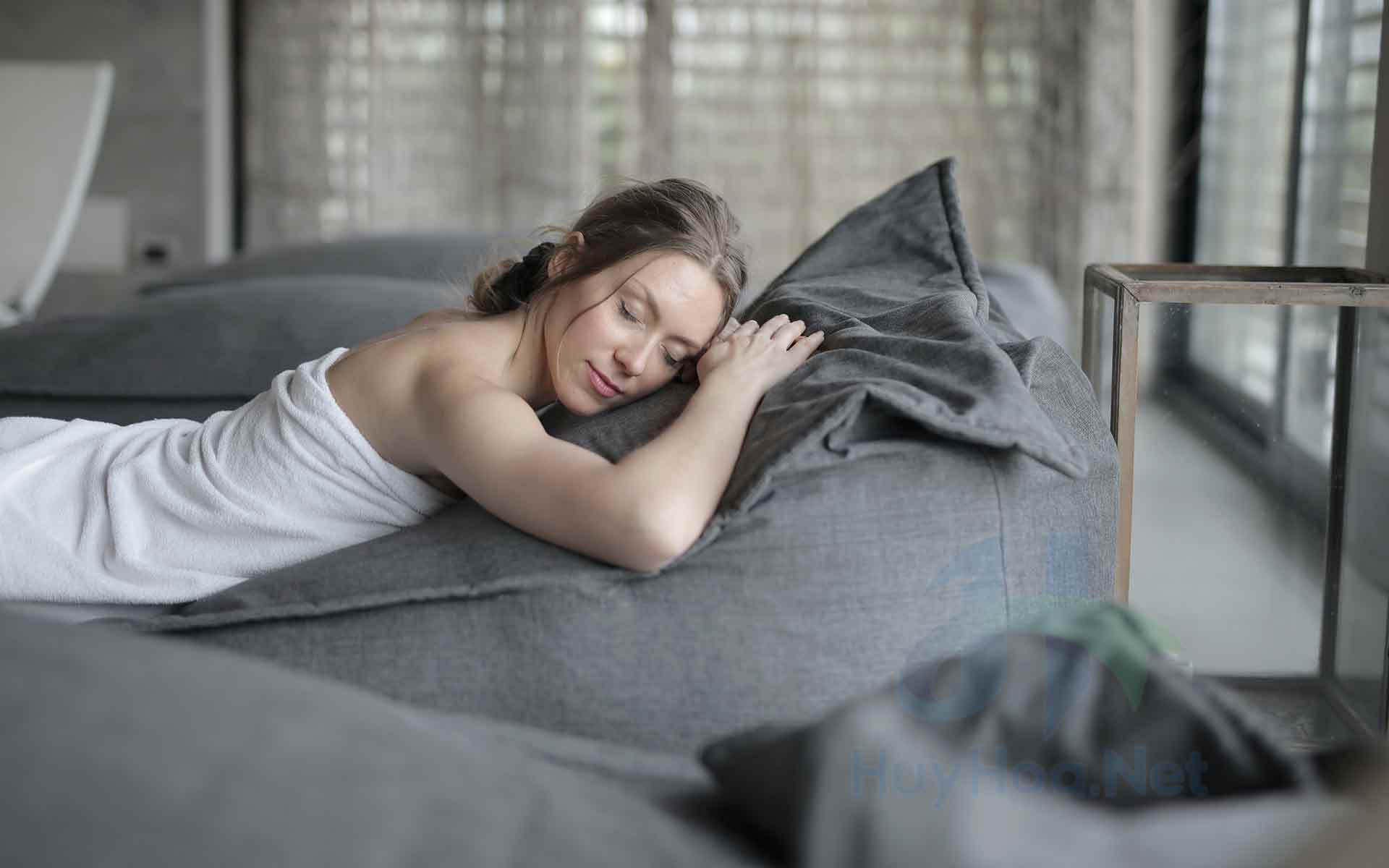New research has unveiled that people who have problems with heavy snoring and the ones with sleep apnea may have higher chances of developing memory and thinking problems at a younger age.
Study researchers affirmed that mental decline can be delayed if sleep apnea is treated with a continuous positive airway pressure (CPAP) machine. But Dr. Ricardo Osorio, a research assistant professor of psychiatry at New York University’s Center for Cognitive Neurology, said that treatment may not be able to cure the disease, but as said above may delay the onset of memory problems.

In the research, an association has been found between sleep disruption and developing mild mental impairment. It has not been proved that snoring or sleep apnea caused the mental decline. Osorio said that the question is whether sleep disruption is an early symptom or a risk factor.
The researchers said the ones treated with CPAP have the onset of mild mental decline around 10 years later than the ones who were never treated. Osorio termed the gap to be a big one. As per the researchers’ assumptions, sleep breathing problems work both ways. It is an early symptom and could be a risk factor as well.
Sleep apnea and heavy snoring is a common problem among elderly and obese individuals. It affects around 53% of men and 26% of women. For the study, the researchers have reviewed the medical records of around 2,500 people. They were aged between 55 and 90 years old.
Comparative analysis was conducted on people having untreated sleep breathing problems with those without sleep breathing problems. In other comparative analyses, people having untreated sleep breathing problems were compared with the ones who received treatment with CPAP during sleep.
It was found that people having sleep problems were diagnosed with a mild mental impairment around 10 years or sooner than those who did not have issues.

